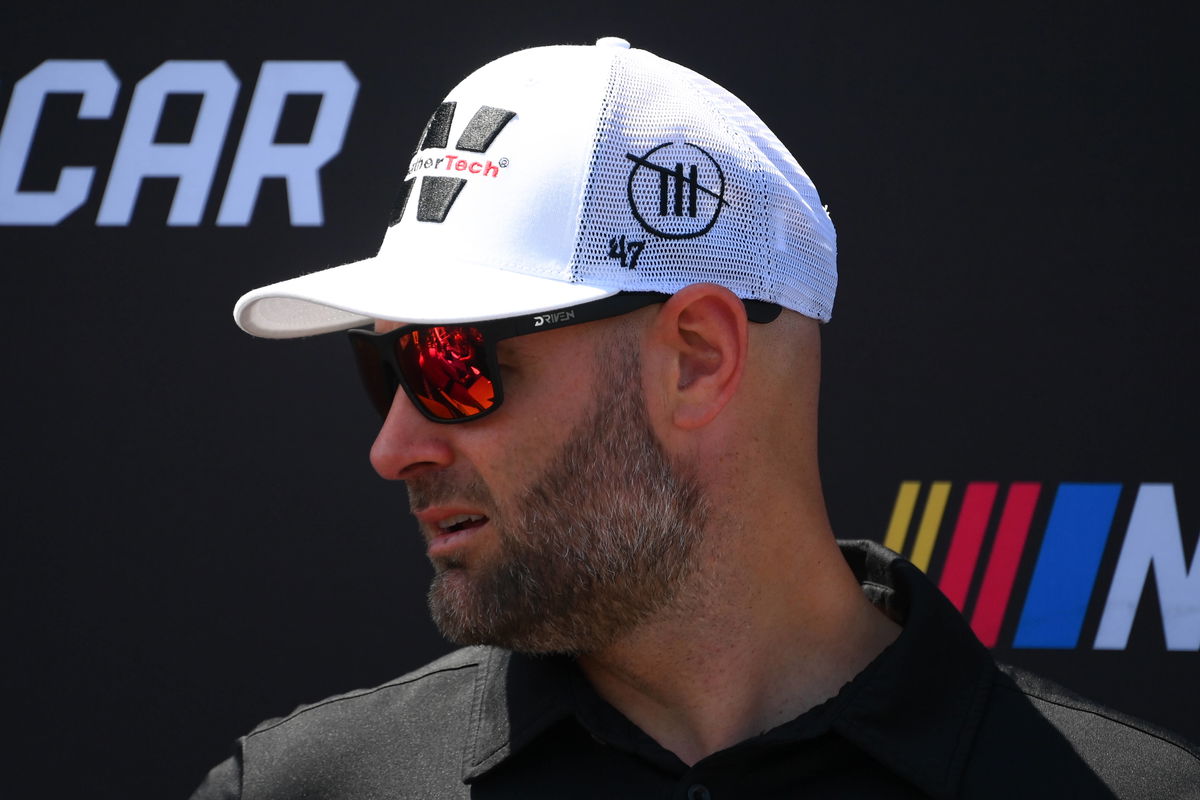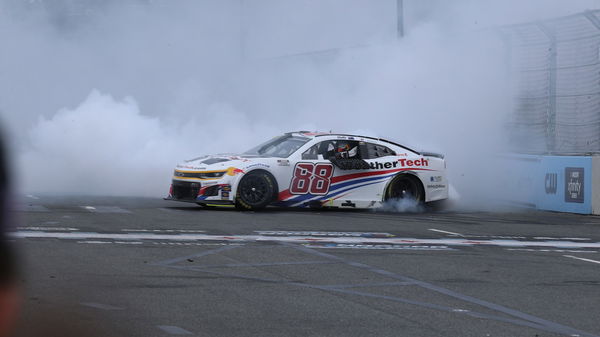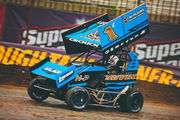
Imago
NASCAR, Motorsport, USA Go Bowling at The Glen Aug 10, 2025 Watkins Glen, New York, USA NASCAR Cup Series driver Shane van Gisbergen 88 looks on prior to the Go Bowling at The Glen at Watkins Glen International. Watkins Glen Watkins Glen International New York USA, EDITORIAL USE ONLY PUBLICATIONxINxGERxSUIxAUTxONLY Copyright: xRichxBarnesx 20250810_rtc_ai8_0073

Imago
NASCAR, Motorsport, USA Go Bowling at The Glen Aug 10, 2025 Watkins Glen, New York, USA NASCAR Cup Series driver Shane van Gisbergen 88 looks on prior to the Go Bowling at The Glen at Watkins Glen International. Watkins Glen Watkins Glen International New York USA, EDITORIAL USE ONLY PUBLICATIONxINxGERxSUIxAUTxONLY Copyright: xRichxBarnesx 20250810_rtc_ai8_0073
SVG has been the word on everyone’s lips lately. Known for his diverse racing career, he has set a new precedent as NASCAR’s new road course king, adding another chapter to his growing legacy with a commanding win at Watkins Glen. He pulled away to win by 11 seconds, marking his fourth consecutive road course victory of the season. The triumph was just another stat in the books; it was a master class in precision and control.
Watch What’s Trending Now!
But while SVG’s speed and racecraft are undeniable, the idea of him stepping into an F1 car has sparked a heated debate among fans. From questions about his size and driving technique to reflections on his open-wheel pass in the realities of breaking into F1, opinions range from confident predictions of success to blunt dismissal, and the NASCAR community hasn’t disappointed on this one.
ADVERTISEMENT
A look into SVG’s Open-wheel racing stint
SVG further stamped his dominance in the NASCAR Cup Series at Watkins Glen International, delivering a commanding win by over 11 seconds and capturing his fourth consecutive road course victory of the season. Reading 38 of 90 laps, including the final 17, he put on a clinical performance that earned praise from his peers and set a new benchmark for a Cup Series rookie. The wind held added emotional weight; for the first time this season, his father, Robert, was trackside in Victory Lane, making the moment doubly meaningful. But his journey started much earlier.

Imago
Photo: Josh Calloni, TobyChristie.com
SVG’s racing journey began remarkably early. By age 5, he was pestering his father for a Suzuki ATV and spent his youth racing ATVs, motocross tracks, and quarter midget cars on Speedway ovals. In his teens, he transitioned into karting and earned a scholarship from SpeedSport magazine, which propelled him into the Formula First open-wheel class, a critical springboard to greater heights. In the 2004-2005 season, SV claimed the Rookie of the Year title in the New Zealand Formula First Championship, paving the way to Formula Ford success in 2006 and a runner-up finish in the Toyota Racing Series the following year. These early triumphs in entry-level open-wheel categories cemented his reputation as a rising star in New Zealand motorsport.
ADVERTISEMENT
SVG’s performance in open-wheel racing earned him a Supercars debut just after his Toyota Racing Series stint in 2007, at a wet Oran Park behind the wheel for Team Kiwi Racing. Over the next year, he progressed through Stone Brothers Racing and Tekno Autosports before joining Triple Eight Race Engineering, where he became one of the most prolific Supercars racers ever, notching multiple championships, Bathurst 1000 titles, and ultimately over 80 wins. SVG owes a great deal to his open-wheel racing experience.
And now, recently, SVG launched a pointed criticism of NASCAR as the organization rapidly extended its reach into Formula One territories. After competing on circuits associated with F1, his remarks spotlight mounting tensions between NASCAR’s American roots and its aggressive global expansion in 2025. This year, NASCAR did a 360 by heading to Autodromo Hermanos Rodriguez in Mexico City, a venue best known for hosting the annual Mexico City Grand Prix in the F1 calendar. However, fans have now speculated and rather decided how SVG would fit in if you want to join Formula One.
ADVERTISEMENT
Top Stories
Greg Biffle’s $4M Worth Prized Possession Still Without a Buyer Leaves NASCAR Fans Heartbroken

NASCAR World Mourns as Former Watkins Glen President Michael Printup Passes Away at 60

Fox Broadcaster Pens Heartfelt Message as Veteran Announcer Quits NASCAR

Denny Hamlin Offers First Words Since Losing Beloved Father in Anniversary Fire

“This Is Not Racing”: Growing Outrage Erupts Over How Kids Are Being Taught to Win at Any Cost in Modern Motorsports

NASCAR fans sound off on SVG’s hypothetical performance in F1
While SVG’s versatility has earned him acclaim across multiple racing disciplines, the question of how he might fare in Formula One stirs up a mixed reaction among fans. The NASCAR community did what it does best: speculate and come to a single verdict. The responses, however, were split between admiration and doubt. One fan summed up the skeptical camp bluntly: “Idk. probably in the back.” Others pointed to the near impossibility of jumping straight into F1 without climbing the traditional Junior ladder. As one commentator put it, “1 special race as a replacement at best, F1 requires years of grooming via F4, F3, F2, and then F1 .”
Questions about size and fitment dominate much of the debate. Standing at 6’2″, SVG is significantly taller than most current F1 drivers and heavier as well. One fan noted, “I’m pretty sure when he was in the junior ranks he had the option to go over but chose supercars instead. Its pretty hard to make it to F1 when you are 6’2 and your family is not wealthy. With that being said he did get the better of brendon hartley when they were teenagers so I reckon he probably had the pure ability to do it.”
ADVERTISEMENT
While another observed the F1 modern paddle shift system, which means that they don’t follow NASCAR’s heel and toe footwork. One fan wrote, “They don’t heel and toe in F1, haven’t for years since the clutch pedal was removed. That being said, SVG is too big for an F1 car.” There is also discussion around driving technique. One fan pointed out, saying, “He couldn’t use heel-toe in an F1 car, which would be one small issue. With prep time, he would do just fine, though.”
For others, his adaptability is enough reason to believe, with one recalling, “He hopped into an open wheel car, started the race on pit lane, passed everyone, and won the New Zealand Grand Prix in 2021. Only really think SVG, Larson, Zillisch would be the guys with any real chance to make the switch.” In the end, whether SVG could succeed in Formula One remains an open question, but one that continues to fuel lively discussion.
ADVERTISEMENT
ADVERTISEMENT
ADVERTISEMENT

